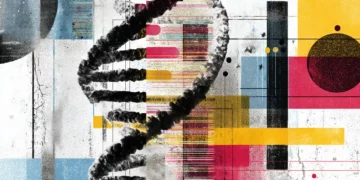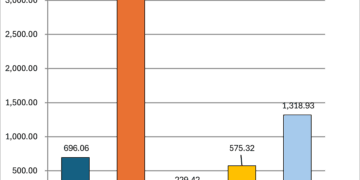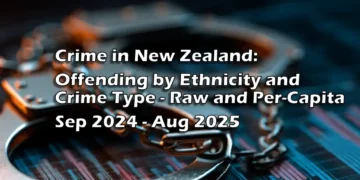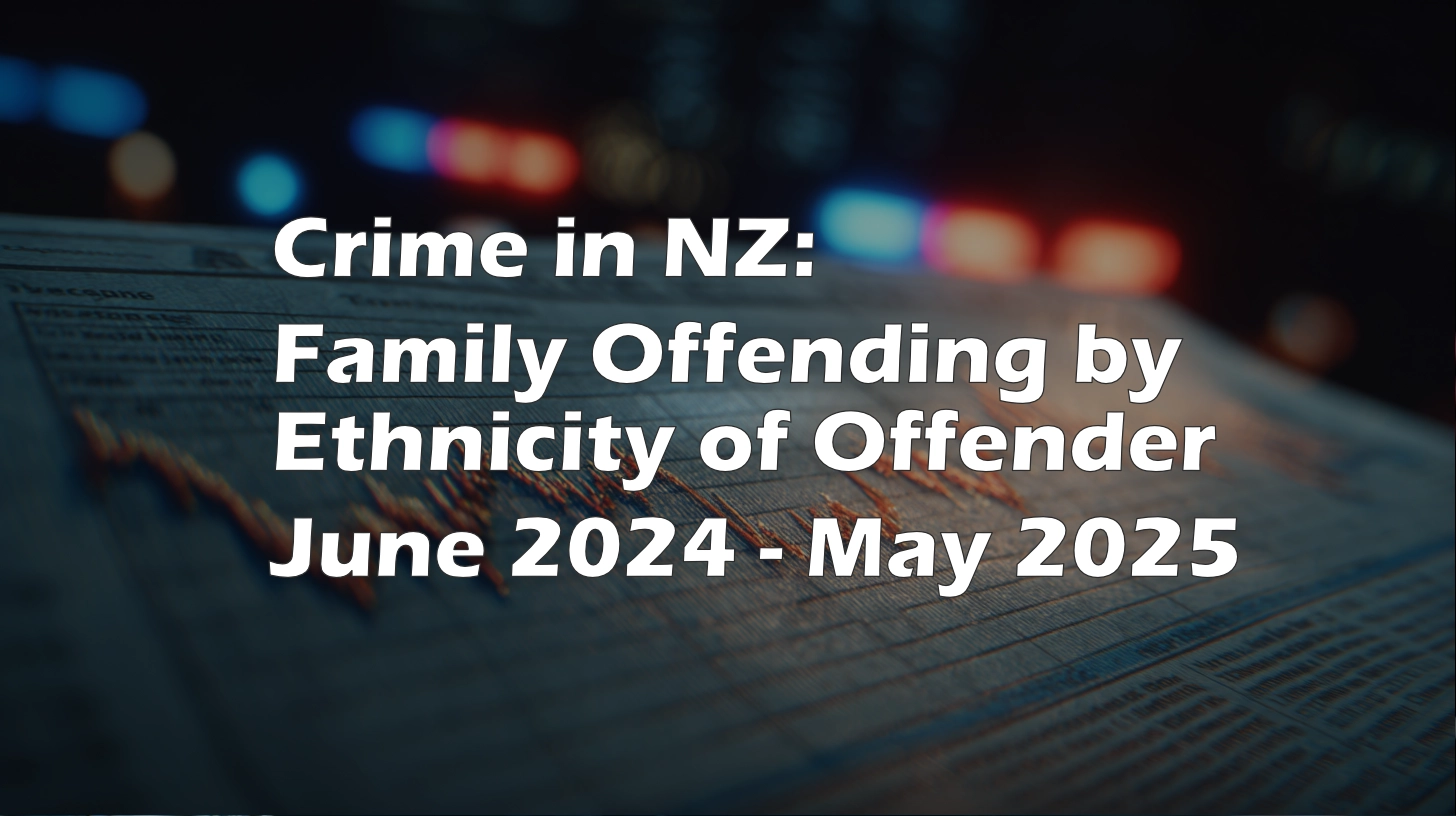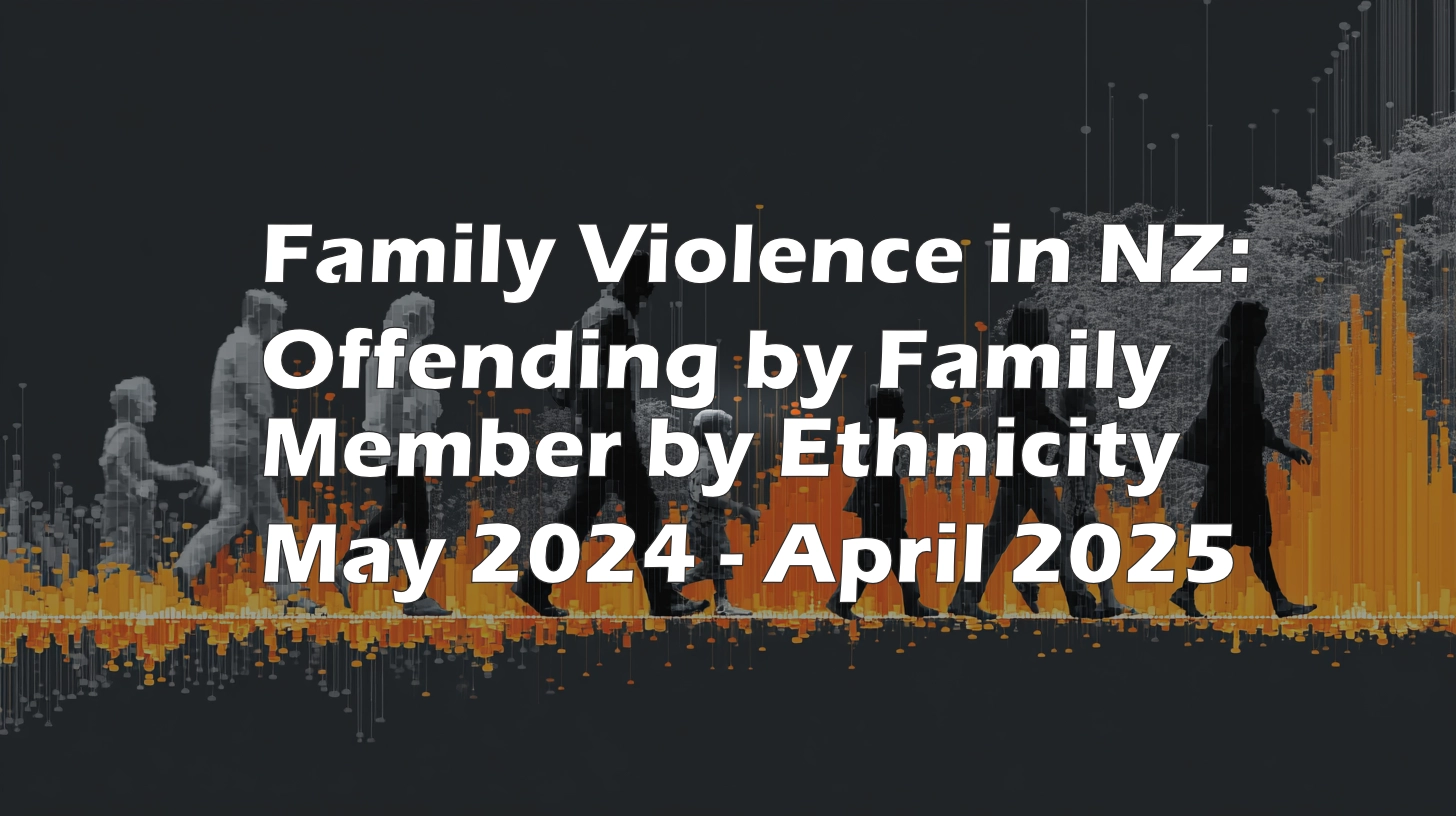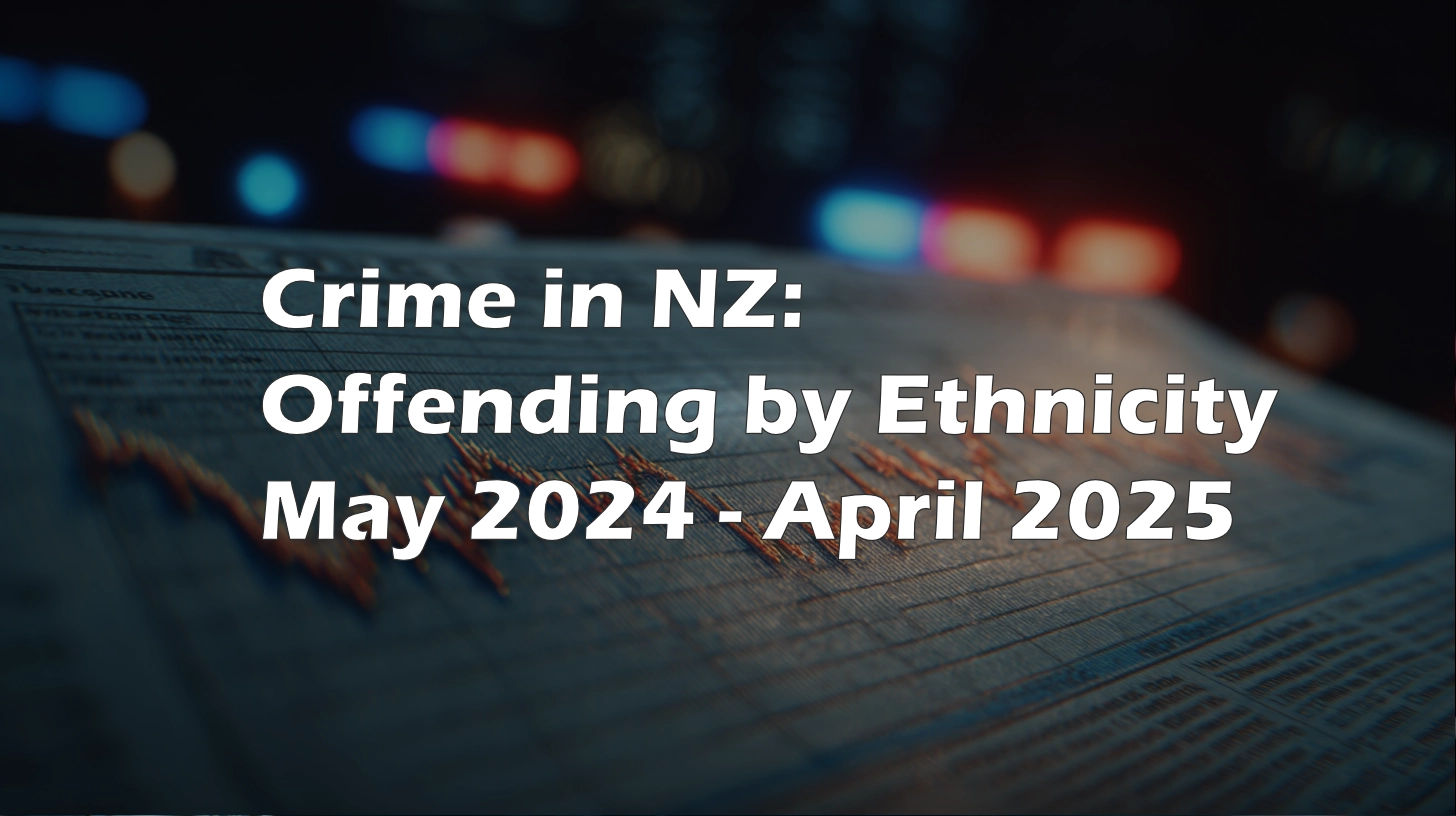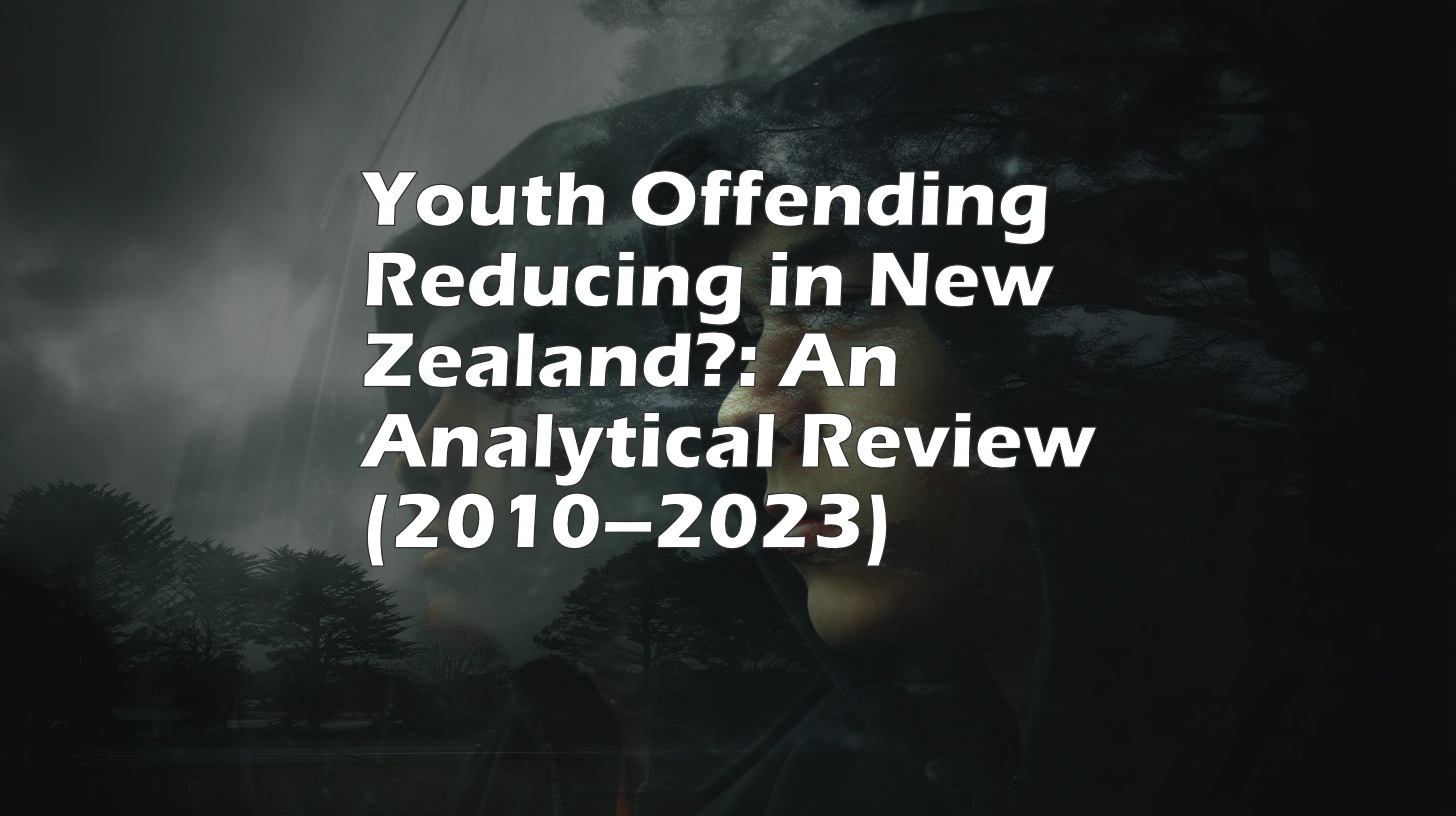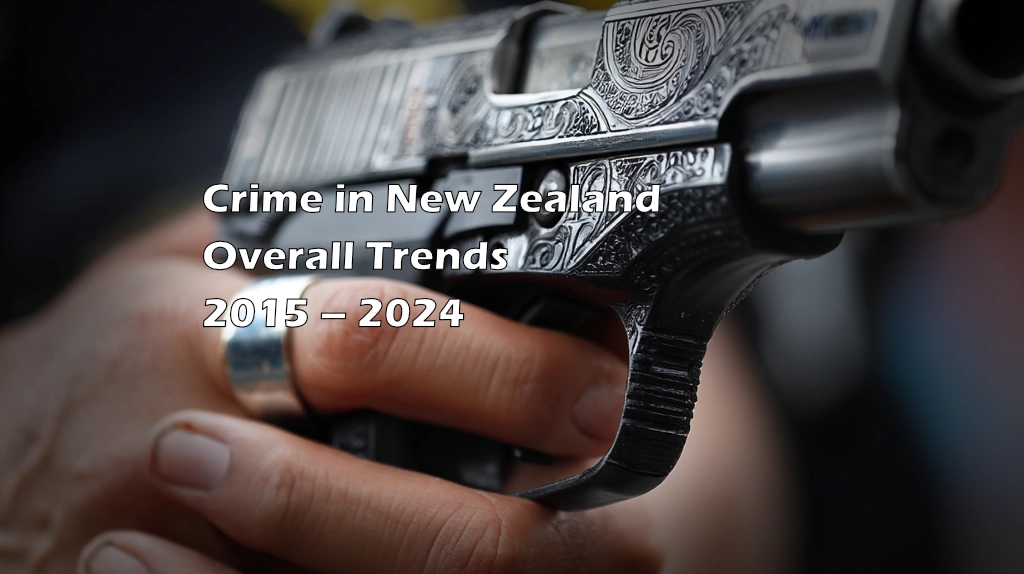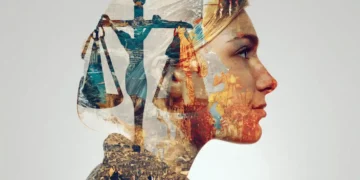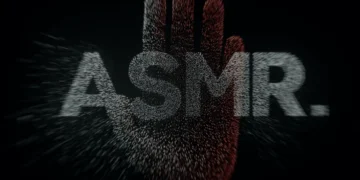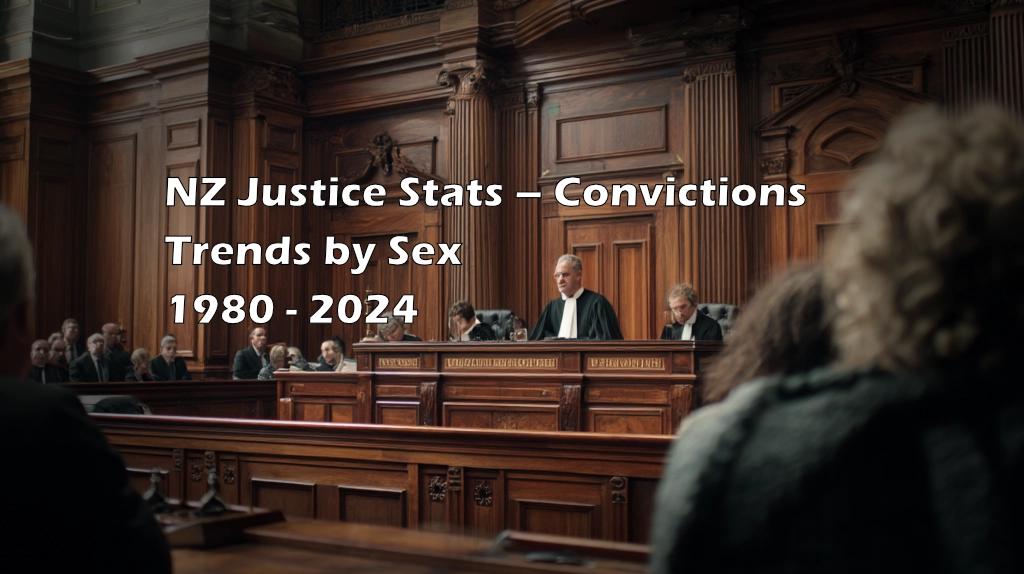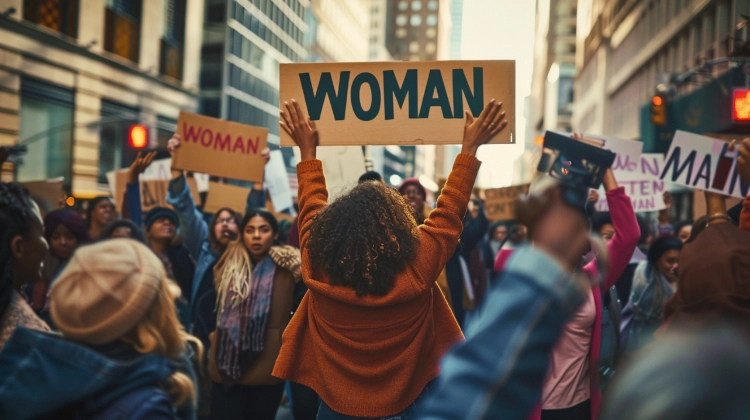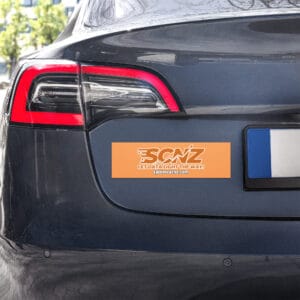A bold idea to brighten central Dunedin and celebrate diversity has been taken off the table—at least for now. A proposed rainbow-themed street crossing on George Street won’t go ahead, with city council staff confirming the project was scrapped due to cost overruns.
The rainbow crossing was part of a broader plan to modernise the street near Moray Place, designed to create a more pedestrian-friendly, inclusive public space. But despite its symbolic value, the cost of materials and construction pushed the concept beyond the project’s budget.
More Than Just Paint
These types of crossings, seen in cities like Sydney and San Francisco, are often installed as a public show of support for LGBTQ+ communities. In Dunedin, the idea caught public attention and opened up conversations about visibility and inclusivity in urban spaces.
But there was a catch: the crossing wouldn’t have been legal in the traditional sense.
Why It Didn’t Qualify as a Pedestrian Crossing
New Zealand law requires official pedestrian crossings—those where drivers must legally yield—to meet specific visual and safety standards. That means:
- White reflectorized lines
- Warning signs and lighting
- Visibility from both directions
A rainbow-painted surface, while eye-catching, doesn’t meet those rules. It would have been classified as a courtesy crossing, which carries no legal weight. Drivers could choose to stop—but wouldn’t be obligated.
What’s Next?
Although the rainbow won’t appear on the pavement, the larger George Street redevelopment continues. Council may still include artistic or symbolic elements in the public realm—just ones that fit within safety standards and funding limits.
The takeaway? Civic spaces can reflect community values, but the details—especially the legal and financial ones—matter just as much as the message.


